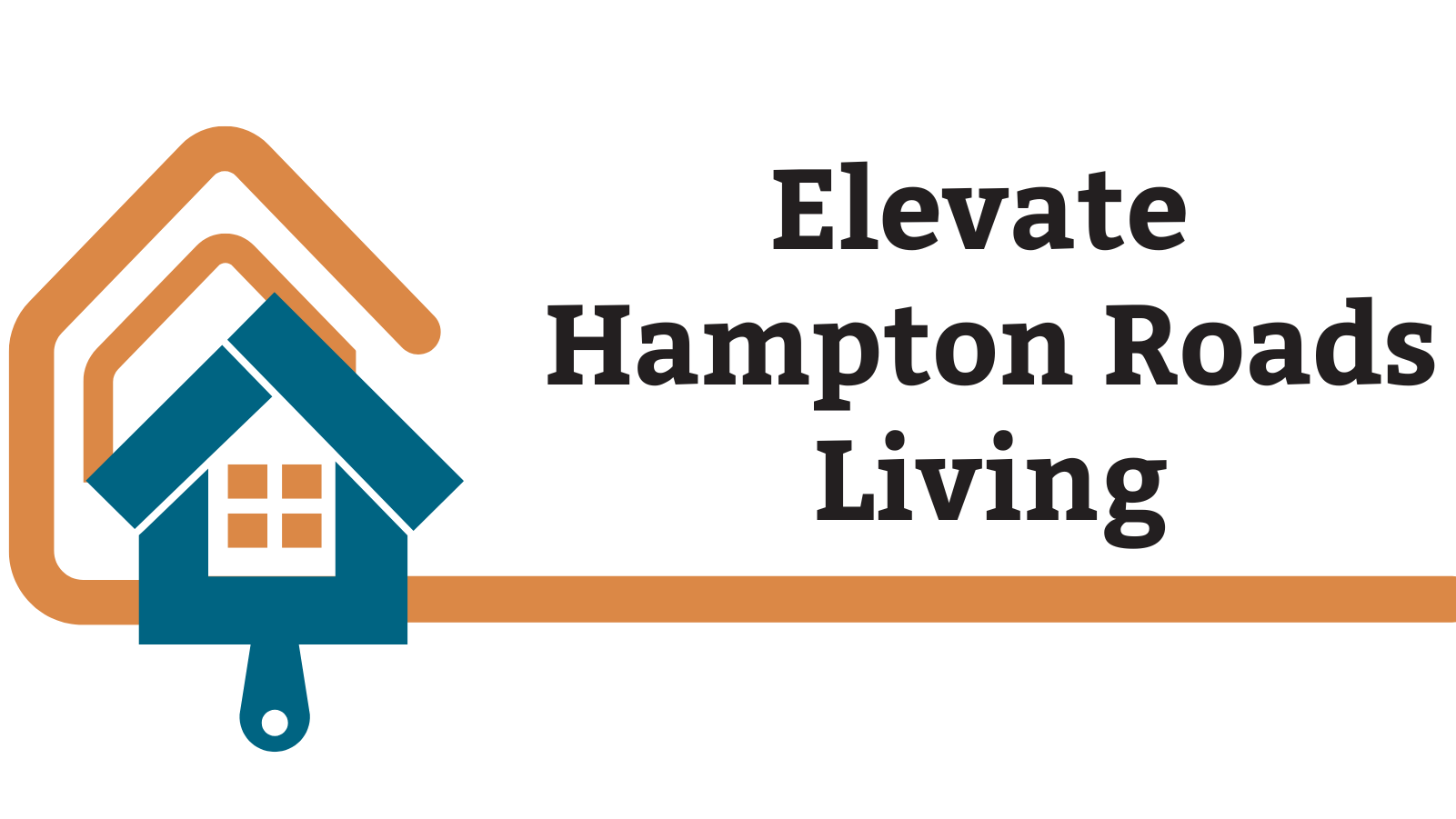
Discover the Beauty of Dead Hedges in Your Garden
Ever considered adding a dead hedge to your home? While the term might sound misleading, dead hedges, also known as “brash hedges,” are actually thriving ecosystems in disguise. These rustic structures, constructed from stacked branches and twigs, serve as essential habitats for a variety of wildlife. Far from being mere eyesores, dead hedges can infuse your home’s outdoor space with unique charm while promoting biodiversity.
Understanding the Ecological Value of Dead Hedges
When you stack fallen branches or logs in your garden, you’re not just creating a physical structure; you’re nurturing an environment teeming with life. Insects, small mammals, and even birds quickly make their homes within the gaps and crevices of the hedge. The decay process of the wood attracts beetles and other decomposing insects, which in turn can draw in birds and small mammals, creating a lively and hospitable ecosystem.
Simple Steps to Create Your Own Wildlife-Friendly Dead Hedge
Building your own dead hedge is simpler than you might think:
- Select Your Location: Choose a quiet, shady spot in your garden where you want a natural barrier or wildlife haven.
- Gather Your Materials: Collect fallen branches, twigs, and logs from your yard or a nearby wooded area. Aim for a variety of sizes to allow for a diverse habitat.
- Assemble the Hedge: Begin stacking the materials in a staggered pattern to provide support and stability. Layer them to create gaps for animals to nest.
Not only do these steps contribute to garden aesthetics, but they also help enhance your home's eco-friendliness, aligning perfectly with the values of modern homeowners concerned about their environmental impact.
Complementary Wildlife Additions for Your Garden
Consider incorporating additional wildlife-friendly installations alongside your dead hedge. A woodside hedgehog house can offer safe shelter for these beneficial creatures, while an insect and bee hotel can support pollinator populations, making your garden a flourishing haven. These choices connect beautifully to the idea of home expansion—not just physically within your living space, but also in terms of enriching your garden with wildlife.
Engaging with Local Ecosystems
Virginia homeowners, in particular, can find great value in creating wildlife habitats that work harmoniously with the local ecosystem. Utilizing native plants alongside your dead hedge can further bolster local wildlife populations, turning your garden into a thriving mini-ecosystem.
Actionable Tips for an Eco-Friendly Home Addition
Integrating wildlife-friendly structures, like dead hedges, into your garden can be part of larger home improvement projects. Whether you're considering a garage conversion or a sunroom addition, you can maintain a commitment to sustainability by making room for biodiversity in your landscaping. Incorporating energy-efficient and eco-friendly home additions not only enhances property value but fosters a deeper connection to nature.
As you explore potential expansions in your home, whether it’s a dining room addition or a home office addition, remember that the integration of nature within your garden space creates beautiful synergies that support both personal enjoyment and ecological health.
Take the next step! Embrace the opportunity to build your own dead hedge and design a wildlife-friendly haven right in your back garden. Connect with local landscaping experts or home addition contractors who understand the importance of eco-friendly practices.
 Add Row
Add Row  Add
Add 



Write A Comment